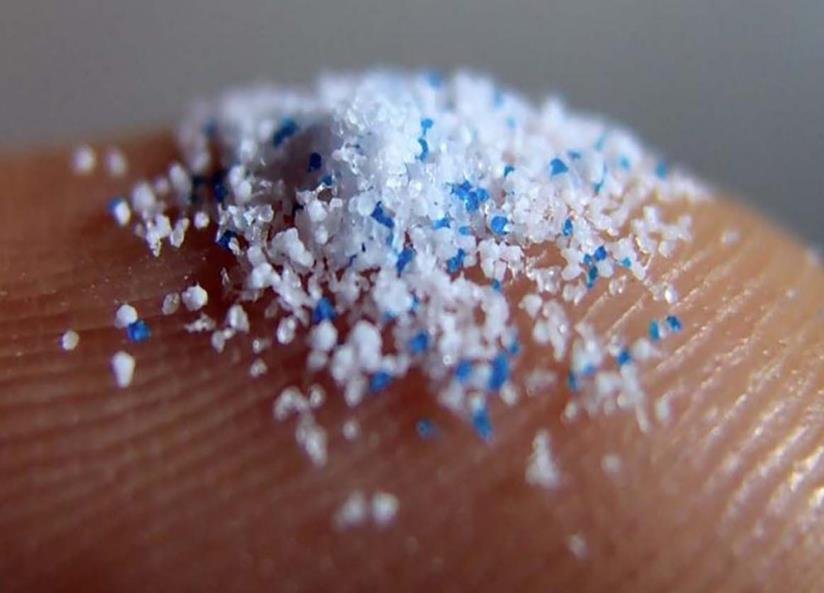A new solution for plastic pollution
Plastic pollution is one of the most serious environmental problems of our time. Every year, around 400 million tons of plastics are produced worldwide, and only a small fraction is recycled. The rest ends up in landfills, oceans, and ecosystems, where they break down into smaller and smaller particles, called microplastics and nanoplastics. These particles can harm wildlife, contaminate food chains, and pose potential health risks to humans.
One of the most widely used plastics is PET (polyethylene terephthalate), which is found in many packaging and beverage bottles. PET is resistant to degradation by natural enzymes, making it difficult to recycle or biodegrade. Currently, there are only a few known microorganisms that can degrade PET, but they are slow and inefficient.
To address this challenge, scientists from the Barcelona Supercomputing Center—Centro Nacional de Supercomputación (BSC-CNS), together with research groups from the Institute of Catalysis and Petrochemistry of the CSIC (ICP-CSIC) and the Complutense University of Madrid (UCM), have created artificial proteins that can degrade PET microplastics and nanoplastics in a matter of hours.

How artificial proteins work
The artificial proteins are based on a natural protein called FraC, which is produced by the strawberry anemone (Actinia fragacea) as a defense mechanism against predators. FraC has a barrel-shaped structure with a large cavity that can bind different molecules. The scientists used computational methods to design new variants of FraC that can bind and cut PET molecules.
The scientists tested the artificial proteins on PET microplastics and nanoplastics obtained from commercial water bottles. They found that the proteins could degrade the plastic particles into their monomers, ethylene glycol and terephthalic acid, which can be reused or biodegraded by other organisms. The degradation process was faster and more efficient than that of natural enzymes or bacteria.
The scientists also compared the artificial proteins with other known PET-degrading enzymes, such as PETase and MHETase, which were discovered in bacteria that can digest plastic. They found that the artificial proteins had several advantages over the natural enzymes, such as higher stability, broader substrate specificity, and easier production.
A potential application for plastic recycling
The scientists believe that their artificial proteins could have a potential application for plastic recycling and bioremediation. They envision that the proteins could be used to treat plastic waste before sending it to recycling plants, or to degrade plastic particles in contaminated water or soil.
However, they also acknowledge that there are some limitations and challenges to overcome before their technology can be implemented on a large scale. For example, they need to optimize the reaction conditions, improve the protein expression and purification methods, and evaluate the environmental impact and safety of the artificial proteins.
The scientists hope that their work will inspire further research and innovation in the field of protein engineering and biocatalysis for plastic degradation. They also hope that their work will raise awareness about the problem of plastic pollution and the need for more sustainable solutions.
